Mongolian national brand is a very big concept. Below are three important points.
Mongolian Script
In 1208 Chinggis Khan defeated the Naimans, Turkic tribes living in Central Asia, and captured. their Uyghur scribe Tatar-Tonga, who apparently adapted the Old Uyghur alphabet to write Mongolian. The alphabet created by Tatar-Tonga is now khown as the Uighur/Uyghur Script, the classical or traditional Mongol Script, the Old Script, or Mongol Bichig in Mongolian.
The traditional Monogolian script was not ideal for writing the Mongolian language, and even less suited for writing Chinese, so during the 13th century a Tibetan monk called Drogon Chogyal Phagpa was asked by Kublai Khan to create a new scripts, which is also khown as the Mongolian new script, and was based on the Tibetan script. This script was never widely used and after the Yuan dynasty fell in 1368, Phags-pa was used mainly to provide Mongolian phonetic glosses in Chinese texts.
In the late 17th century a Mongolian monk and scholar called Bogd Zanabazar created a new script for Mongolian called Soyombo, which could also be used to write Chinese and Sanskrit. It was used mainly for Mongolian translations of Buddhist text and in temple inscriptions.
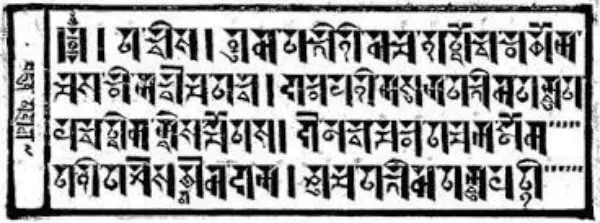
Bogd Zanabazar also created another script for Mongolian known as the Mongolian known as the Mongolian Square Script or Mongolian Horizontal Square Script, which was rediscovered in 1801. It was based on the Tibetan script, but what it was used for is uncertain.
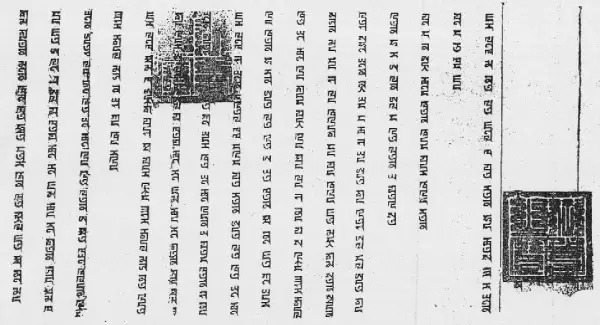
In 1567 the translator and scholar Ayuush Guush added extra letters to the traditional Mongol Script to make it possible to write loanwords from Tibetan, Sanskrit and Chinese in Mongolian texts. This version of the script is known as the Galik script.
- Type of writing system: phonemic alphabet with separate letters for consonants and vowels.
- Direction of writing: left to right in vertical columns running from top to bottom.
- The letters have a number of different shapes, the choice of which depends on the position of a letter in a word and which letter follows it.
- The Mongolian script is traditionally taught as syllables rather than individual letters.
Mongolian National Costume
At the heart of Mongolian national clothes is the “deel,” a traditional robe-like garment that can be worn by both men and women. The deel showcases intricate embroidery, vibrant colors, and elegant patterns, each serving as a symbolic representation of different clans, tribes, and regions. While its appearance may vary across the vast Mongolian landscape, the deel remains a source of pride and unity among the Mongolian people.
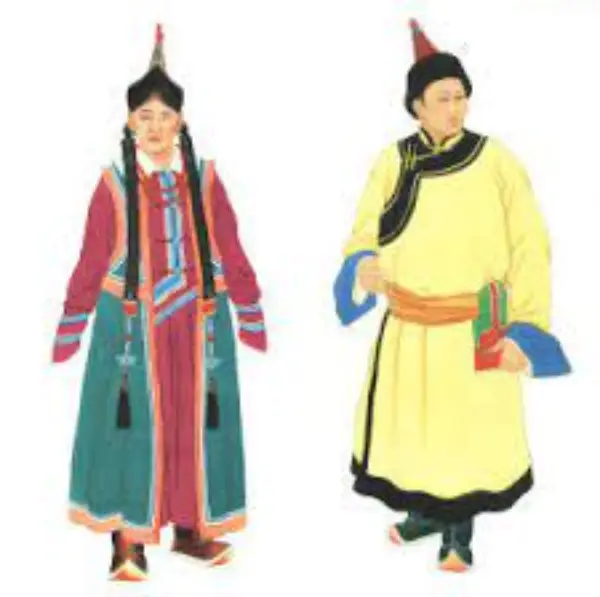
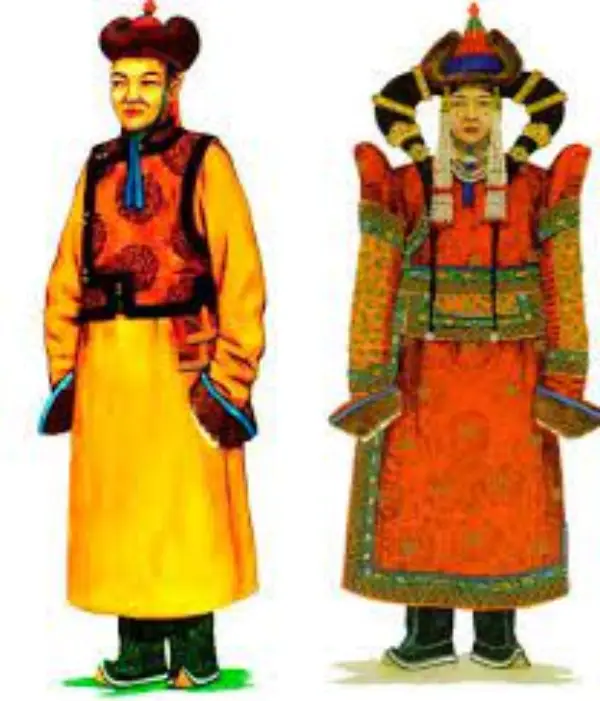
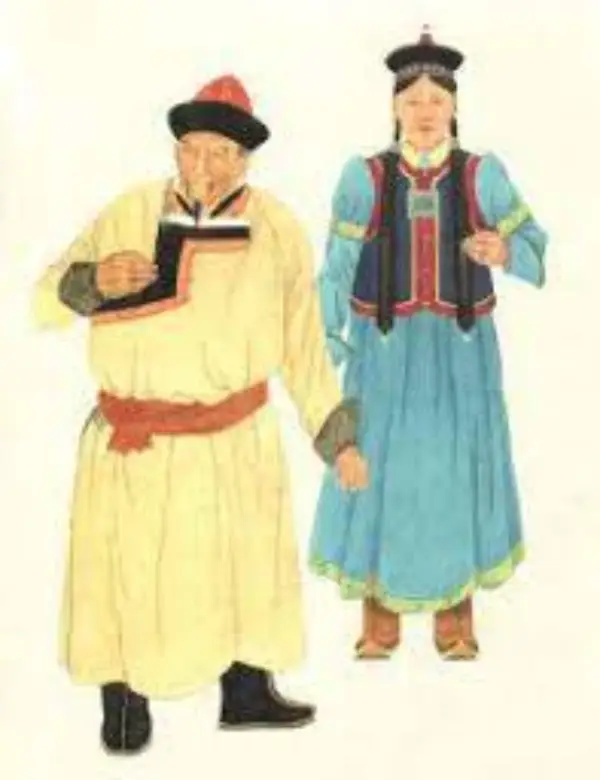
The materials used in crafting these clothes also reflect the resourcefulness and adaptability of the nomadic lifestyle. The deel is often made from natural fabrics like wool, felt, or silk, providing warmth during harsh winters and comfort in the warmer months.
As the world embraces globalization and modernity, preserving and promoting traditional culture becomes increasingly important. Mongolian national clothes stand as a testament to the resilience of a people deeply rooted in their history, embracing their heritage while embracing the future.
Festivals and cultural events in Mongolia often showcase these splendid national clothes, serving as a reminder of the nation’s rich legacy. Moreover, these celebrations bring communities together, fostering a sense of belonging and shared values among the Mongolian people.
Morin Khuur
The instrument consists of a trapeziform wooden-framed sound box to which two strings are attached. It is held nearly upright with the sound box in the musician’s lap or between the musician’s legs. The strings are made from hairs from nylon or horses’ tails, strung parallel, and run over a wooden bridge on the body up a long neck, past a second smaller bridge, to the two tuning pegs in the scroll, which is usually carved into the form of a horse’s head.
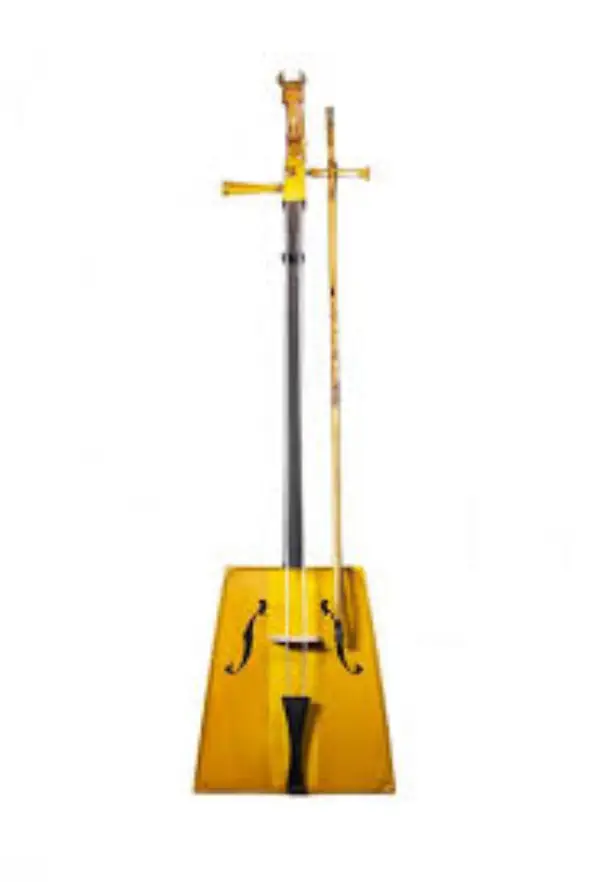
The bow is loosely strung with horse hair coated with larch or cedar wood resin, and is held from underneath with the right hand. The underhand grip enables the hand to tighten the loose hair of the bow, allowing very fine control of the instrument’s timbre.
The larger of the two string (the “male” string) has 130 hairs from a stallion’s tail, while the “female” string has 105 hairs from a mare’s tail. Nowadays the strings are made of nylon. Traditionally, the strings were tuned a fifth apart, though in modern music they are more often tuned a fourth apart, usually to B-flat and F. The strings are stopped either by pinching them between the nail of the little finger and the pad of the ring finger.
Source: Ulaanbaatar Tourism Department
